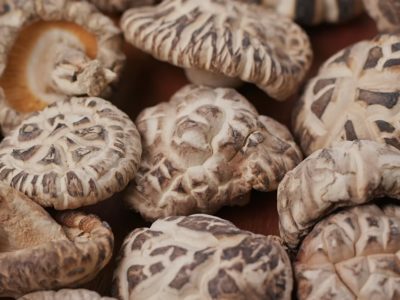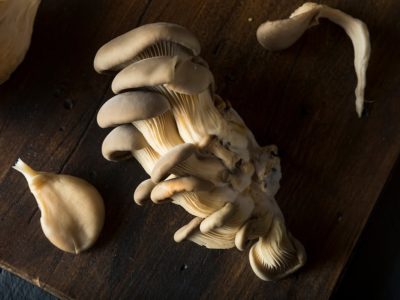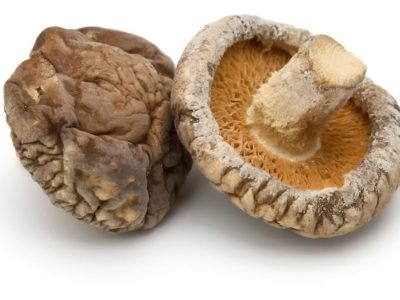In modern society, aging has become a significant concern, and many people rely on various medicines to slow down the aging process. However, a lot of these medicines are chemically synthesized and can cause harmful side effects. Therefore, looking for natural alternatives, such as those derived from microbial sources, could be a better option. Lentinus edodes, commonly known as shiitake mushrooms and easily available in everyday life, has recently gained more attention in physiological research for its potential health benefits. Zinc is now recognized as an essential element for ensuring the proper functioning of the body and for maintaining the balance of major homeostatic systems. This study aimed to explore the bioconversion of zinc in shiitake mushrooms and to investigate the physiological effects of a zinc-polysaccharide complex (MZPS) derived from these mushrooms.
Researchers extracted mycelia polysaccharides (MPS) and mycelia zinc polysaccharides (MZPS) from a strain of Lentinus edodes called SD-08 using hot water extraction and purification through a DEAE-52 cellulose anion-exchange column. The zinc content in these samples was measured using flame atomic absorption spectrometry. The composition and proportions of monosaccharides were analyzed using gas chromatography, while molecular weight was determined by HPGPC chromatography. The typical structures of the polysaccharides were evaluated using infrared (IR) spectroscopy. Antioxidant activities were tested in the lab by measuring the reducing power of the substances and their ability to neutralize harmful radicals like hydroxyl and DPPH radicals. The anti-aging properties were assessed in living organisms by measuring total antioxidant capacity (T-AOC), GSH peroxide (GSH-Px), superoxide dismutase (SOD) activity, and the levels of malondialdehyde (MDA).
The results showed that both MPS and MZPS were successfully extracted and purified, yielding four different fractions. Gas chromatography revealed that MPS was composed of rhamnose, arabinose, and mannose, while MZPS contained rhamnose, arabinose, mannose, and glucose in specific molar ratios. Infrared spectrum analysis indicated that MPS and MZPS contained bonds such as C-H, C=O, and -CH2. MPS also showed typical absorption bands for -NH3(+), -NH2, and -COOH. Compared to MPS, MZPS demonstrated stronger antioxidant activities in lab tests, including a greater ability to reduce power and neutralize harmful hydroxyl and DPPH radicals. In living organisms, MZPS was found to enhance anti-aging effects by increasing total antioxidant capacity, GSH peroxide, and SOD activity, while reducing the levels of malondialdehyde, a marker of oxidative stress.
In conclusion, MZPS showed promising anti-aging and antioxidant properties, both in lab experiments and in living organisms. Its molecular makeup, chemical bonds, and functional groups were found to be more effective than those of MPS, suggesting that MZPS derived from Lentinus edodes SD-08 could serve as a potential natural antioxidant.
Wang, L., Wang, C., Gao, X., Xu, N., Lin, L., Zhao, H., . . . Jia, L. (2015). Purification, characterization and anti-aging capacity of mycelia zinc polysaccharide by Lentinus edodes SD-08. BMC Complementary and Alternative Medicine, 15(1), 111. doi:10.1186/s12906-015-0630-7.



